Mastering dart point sharpening techniques is crucial for maintaining optimal dart performance and accuracy. This article will guide you through various methods, ensuring your darts stay sharp and ready for the perfect throw. We’ll explore different sharpening tools and techniques, as well as troubleshooting common problems. You’ll learn how to avoid ruining your darts and achieve consistently sharp points.
⚠️ Still Using Pen & Paper (or a Chalkboard)?! ⚠️
Step into the future! The Dart Counter App handles all the scoring, suggests checkouts, and tracks your stats automatically. It's easier than you think!
Try the Smart Dart Counter App FREE!Ready for an upgrade? Click above!
Before diving into the specifics of dart point sharpening techniques, let’s establish a foundational understanding of why sharp points are so important. A sharp point ensures a clean and consistent entry into the dartboard, maximizing your score and reducing the chance of bounces or deflections. Dull points, on the other hand, lead to inaccurate throws and lower scores. Maintaining sharp darts is a key aspect of improving your overall game.
Furthermore, understanding the different types of dart points—from steel-tip to soft-tip—is crucial before you begin sharpening. Different materials require different techniques, and using the wrong method can damage your darts beyond repair. This article will address these distinctions and offer detailed guidance based on the type of darts you use. You’ll become proficient in various dart point sharpening techniques.
Essential Tools for Dart Point Sharpening
Before we delve into the various dart point sharpening techniques, it’s crucial to have the right tools. While you might be tempted to use household items, investing in specific tools ensures a safe and effective sharpening process. Here’s what you’ll need:
- Fine-grit sharpening stone: A stone with a grit of at least 600 is recommended for a precise and smooth sharpening process. Avoid coarser grits, as they can damage the dart point.
- Honing oil or lubricant: This helps to reduce friction and prevent overheating during the sharpening process, leading to a longer-lasting sharp edge.
- Magnifying glass (optional): This can help you accurately assess the sharpness of the dart point and ensure even sharpening.
- Soft cloth: Use this to wipe away excess oil or debris after sharpening.
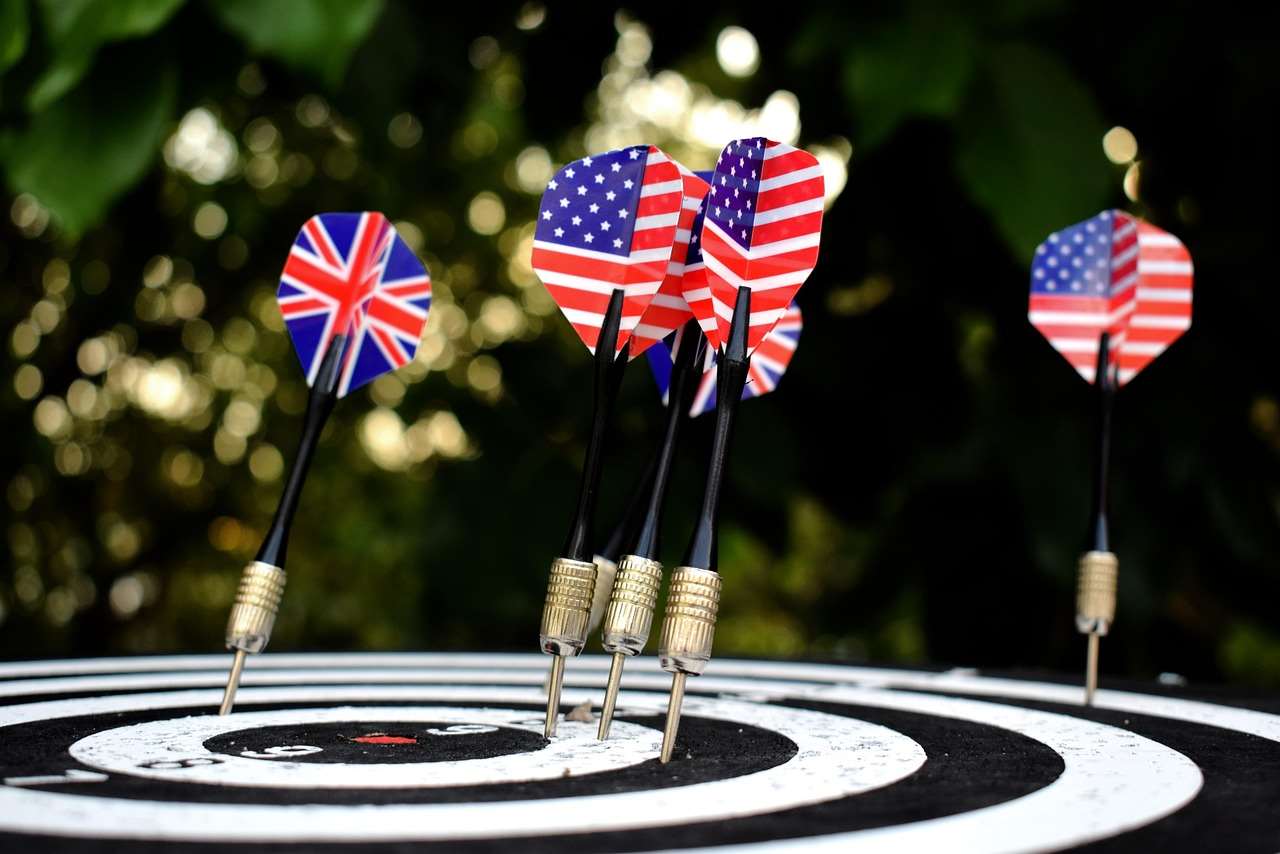
Remember, investing in high-quality tools will significantly improve the outcome of your dart point sharpening techniques. A properly maintained sharpening stone will last for years, offering a superior and safe sharpening experience compared to improvisation. Using the wrong tools can cause irreparable damage to your darts. Don’t hesitate to explore different sharpening stones to find one that suits your preferences and budget.
Dart Point Sharpening Techniques: Step-by-Step Guide
Now let’s move on to the actual process of sharpening your darts. Here’s a step-by-step guide for effective dart point sharpening techniques:
Preparing Your Darts
Before you begin sharpening, inspect your dart points carefully. Identify any significant damage like bends or chips. Attempting to sharpen severely damaged points is inefficient and will likely lead to further damage. If a point is badly bent, consider replacing it or checking out our guide on sharpening bent dart points. For minor imperfections, proceed to the next step.
The Sharpening Process
Apply a small amount of honing oil to both the sharpening stone and the dart point. This will help to minimize friction and prevent the dart from overheating. Hold the dart at a consistent angle (around 20-30 degrees) against the stone. Using smooth and controlled movements, gently draw the dart across the stone, maintaining consistent pressure. Always aim to use the full length of the sharpening stone for an even and smooth sharpening process.
Repeat this process several times, regularly checking the sharpness of the point under a magnifying glass if necessary. Feel for the smoothness of the point. A sharp point will feel smooth and consistent to the touch. If you have issues, our guide on dart equipment troubleshooting theory may provide useful insights.
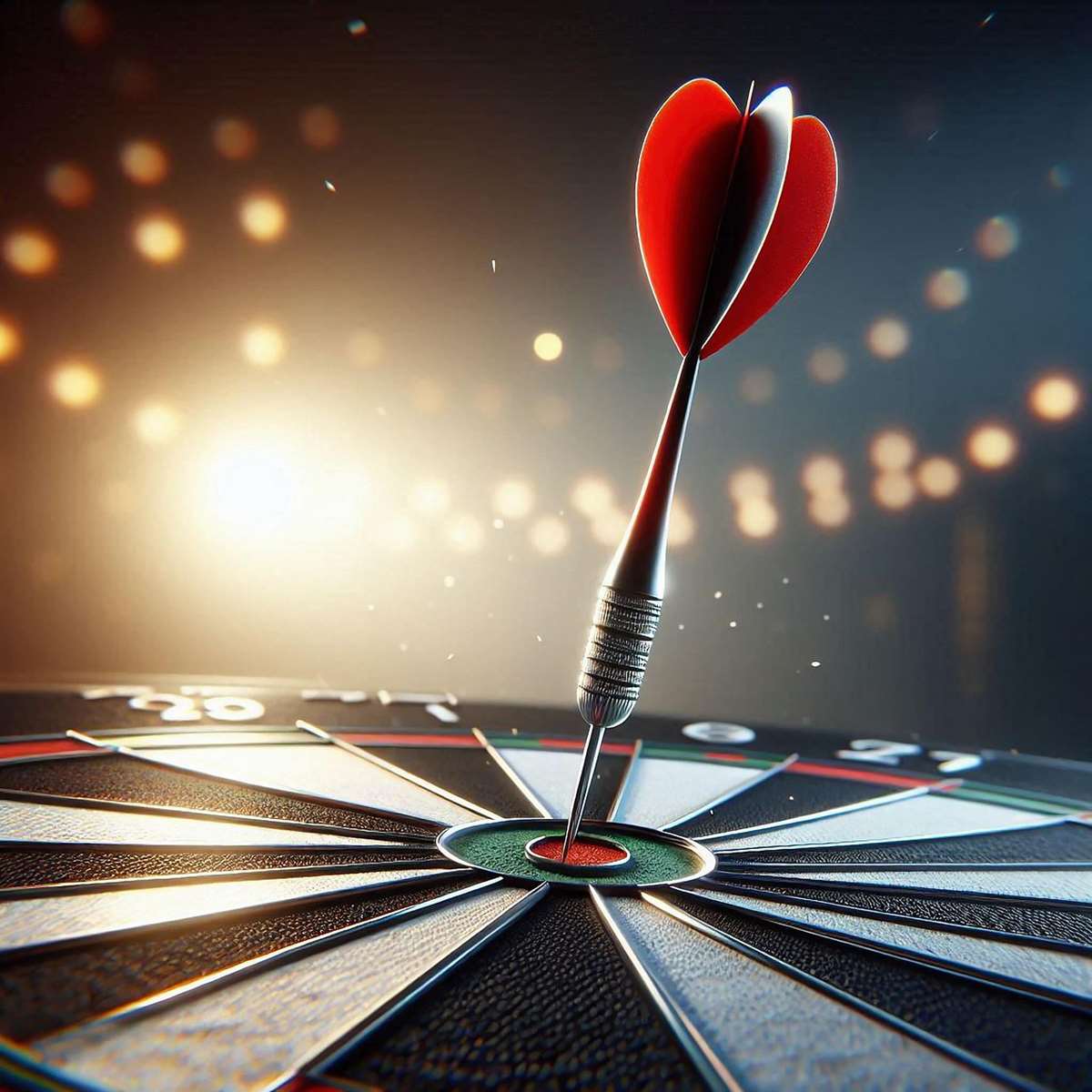
Testing Your Work
Once you’re satisfied with the sharpness, wipe away the excess oil using a soft cloth. Test the sharpness of the point by carefully running a fingernail along the edge. A sharp point will easily cut through the nail with little resistance. The sharpness you obtain is dependent on your dart point sharpening techniques and your attention to detail.
Different Dart Point Types and Sharpening Considerations
There are various types of dart points, and the technique you employ will differ depending on the material and design. For instance, steel-tip darts require a different approach compared to soft-tip darts. Soft-tip darts, generally, are not sharpened in the same way and often rely on replacement tips. Always refer to the manufacturer’s instructions for your specific darts. If you’re experiencing issues with your dart flights, you can always consult our guide on troubleshooting dart flights.
Steel-tip darts typically require more care and attention during sharpening, as they are more susceptible to damage. Using too much pressure or an overly aggressive sharpening technique can easily damage the point, requiring you to replace the entire dart. Remember that consistent and controlled pressure is key when applying dart point sharpening techniques to steel-tip darts. For information on related dart equipment, have a look at our article on Darts Equipment Maintenance Customization.
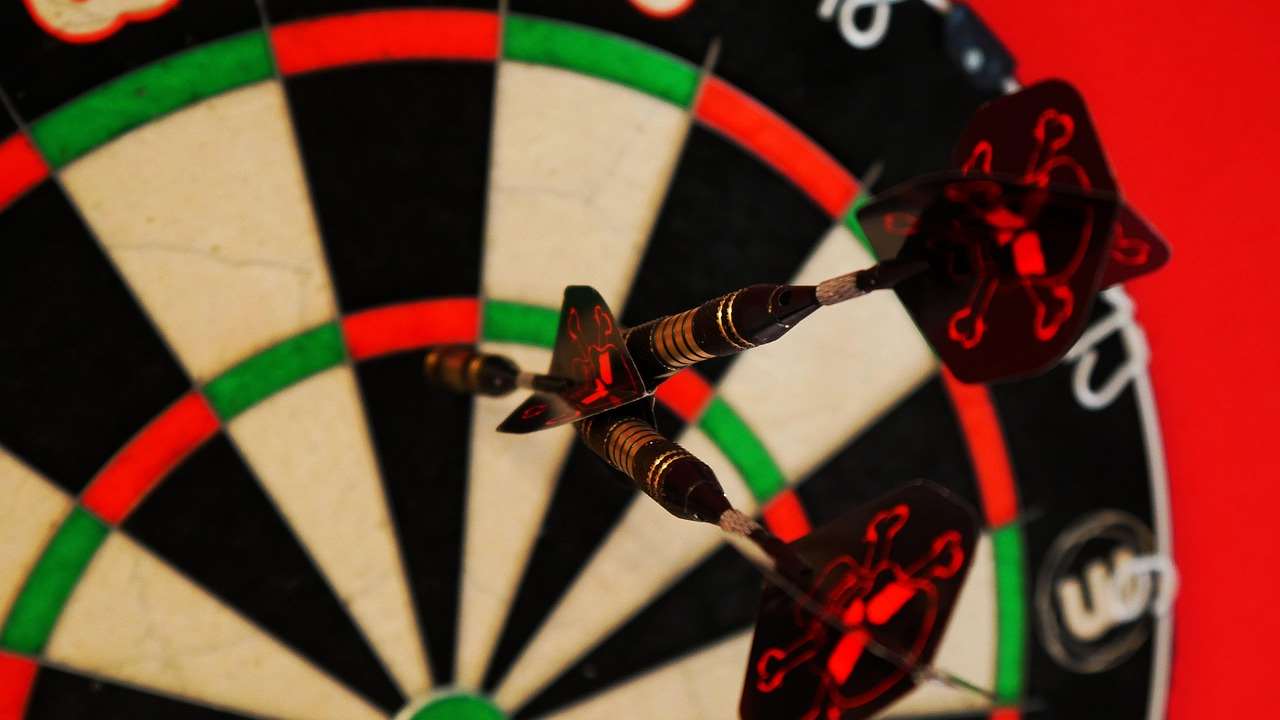
Troubleshooting Common Problems
Even with the best dart point sharpening techniques, you might encounter some problems. Here are some common issues and solutions:
- Uneven sharpening: This usually results from inconsistent pressure or angle during sharpening. Try to maintain a consistent angle and pressure throughout the process.
- Over-sharpening: This can weaken the point, making it more susceptible to damage. Sharpen only until you achieve the desired sharpness.
- Damaged point: If the point is severely damaged, it’s best to replace it rather than trying to sharpen it. Severely damaged points will not sharpen effectively regardless of the technique you use. Remember to always check the condition of your points before beginning the sharpening process. If you need to replace your dart accessories, refer to our guide on replacing dart accessories.
Remember, practice makes perfect. Don’t get discouraged if your first attempts aren’t flawless. With time and practice, you’ll develop the skills and precision needed for effective dart sharpening. For a deep dive into the various elements of a dartboard, consider reading our article on dartboard wire and number overview.
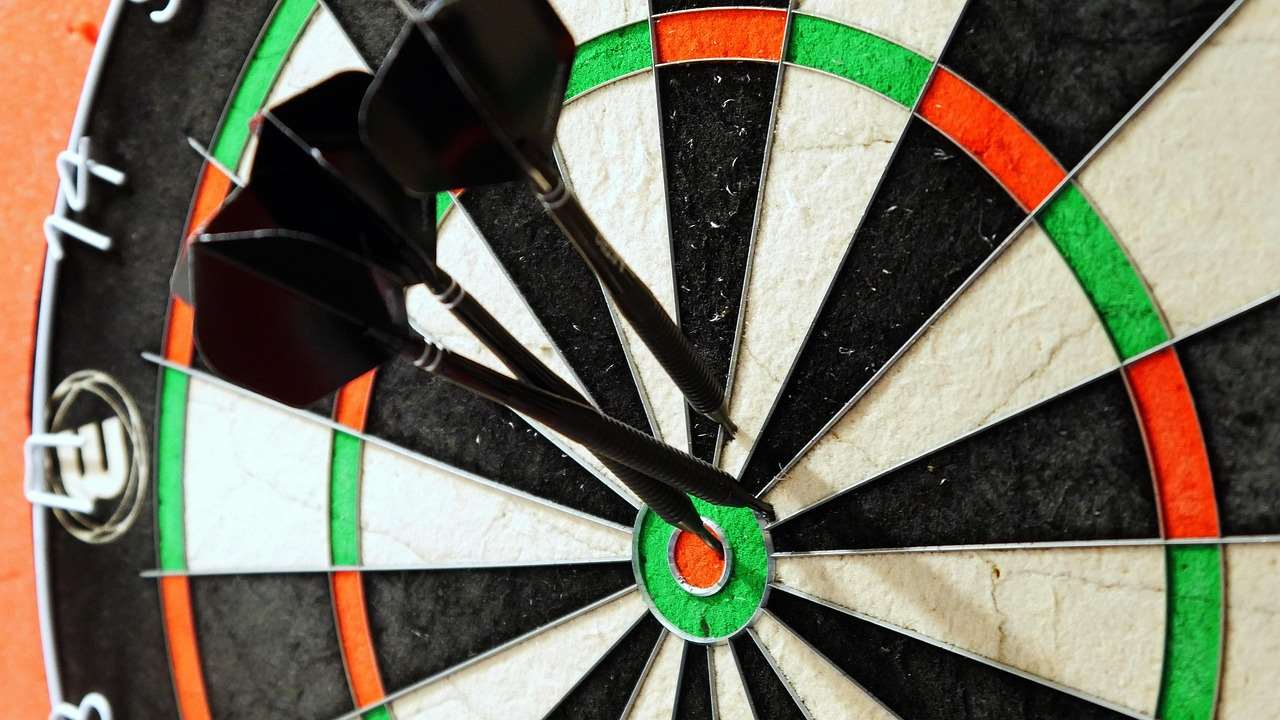
Maintaining Your Darts: Beyond Sharpening
Maintaining your darts extends beyond just sharpening. Regular cleaning and storage are crucial to ensuring their longevity. Wipe your darts clean after each use to remove any dust or debris. Store them in a safe place to prevent damage or bending. Taking care of your darts not only ensures they stay sharp but also contributes to a more enjoyable and consistent playing experience.
If you’re considering upgrading your dart shafts, our guides on dart shaft length conversion and titanium dart shafts offer valuable insights. Furthermore, if you’re looking for unique gifts, you may want to explore our article on custom dart shafts for gifts. This will help you maintain your darts in top condition.
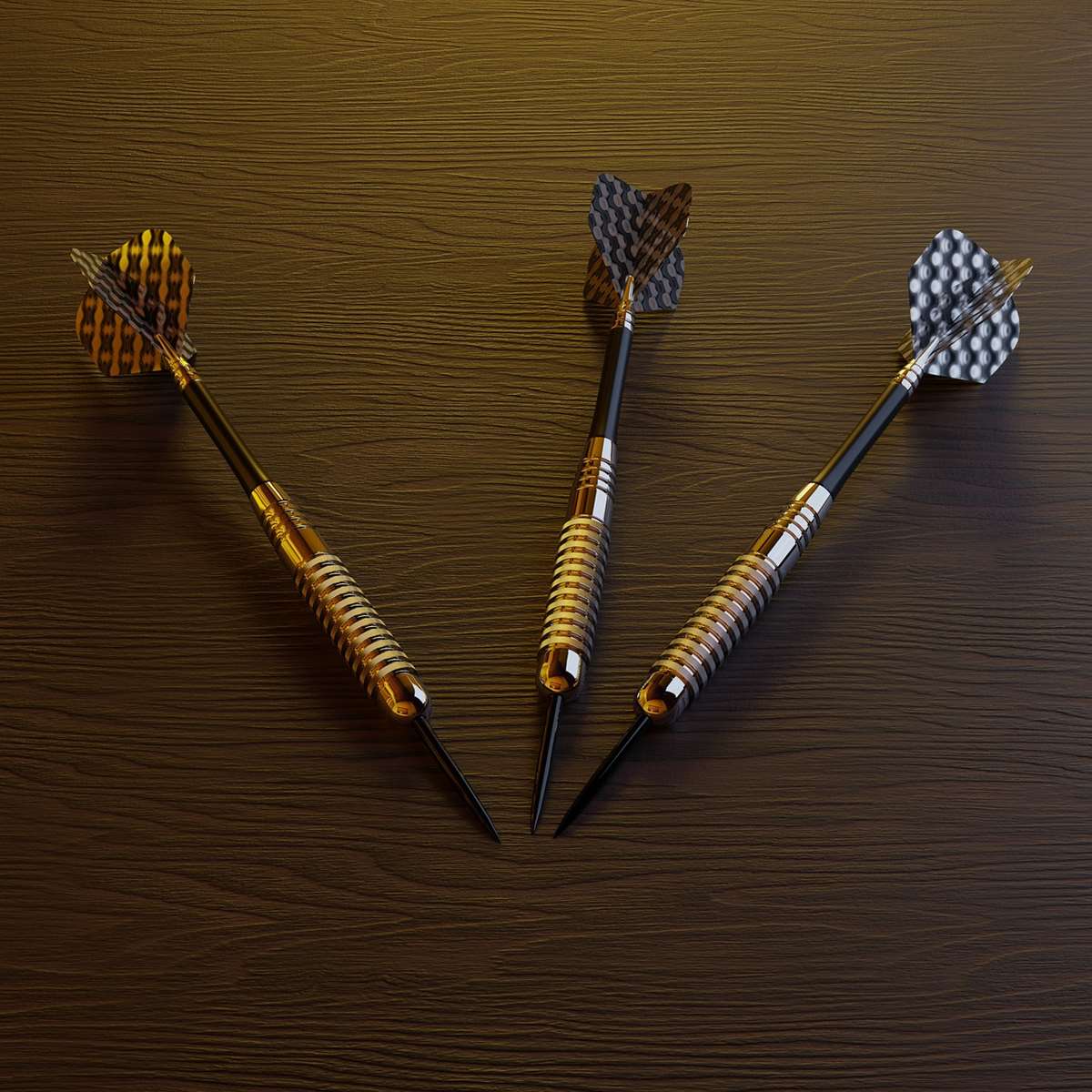
Conclusion
Mastering dart point sharpening techniques is a valuable skill for any serious dart player. By following the steps outlined in this article and using the appropriate tools, you can ensure your darts remain sharp, improving your accuracy and overall performance. Remember that practice is key, so don’t be afraid to experiment and refine your technique. Regular maintenance, including cleaning and proper storage, will prolong the life of your darts and contribute to a more consistent game. Invest in quality tools, take your time, and soon you’ll be throwing like a pro!
Hi, I’m Dieter, and I created Dartcounter (Dartcounterapp.com). My motivation wasn’t being a darts expert – quite the opposite! When I first started playing, I loved the game but found keeping accurate scores and tracking stats difficult and distracting.
I figured I couldn’t be the only one struggling with this. So, I decided to build a solution: an easy-to-use application that everyone, no matter their experience level, could use to manage scoring effortlessly.
My goal for Dartcounter was simple: let the app handle the numbers – the scoring, the averages, the stats, even checkout suggestions – so players could focus purely on their throw and enjoying the game. It began as a way to solve my own beginner’s problem, and I’m thrilled it has grown into a helpful tool for the wider darts community.